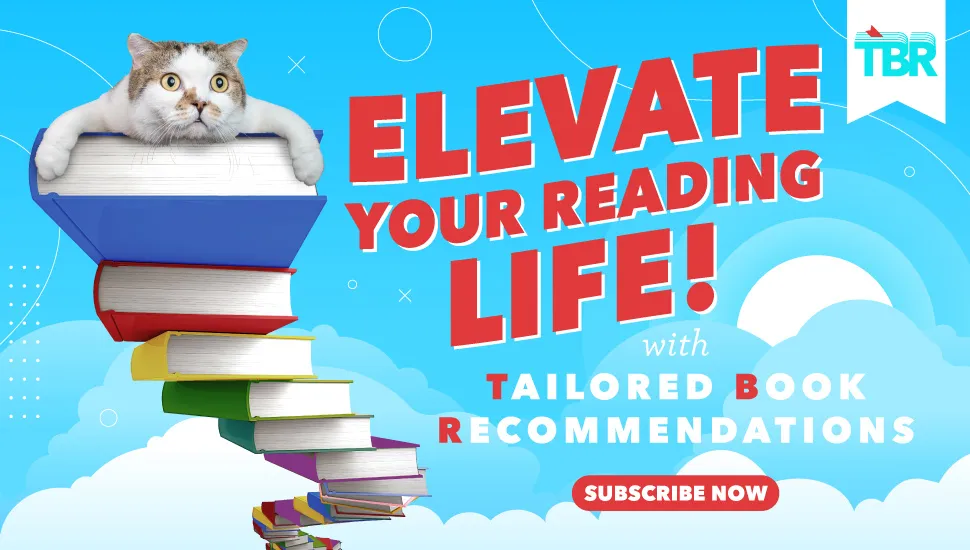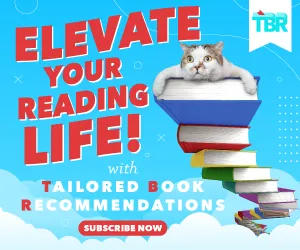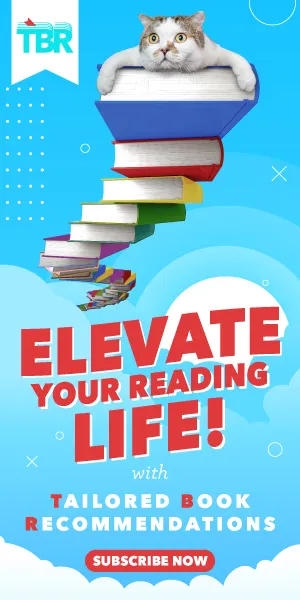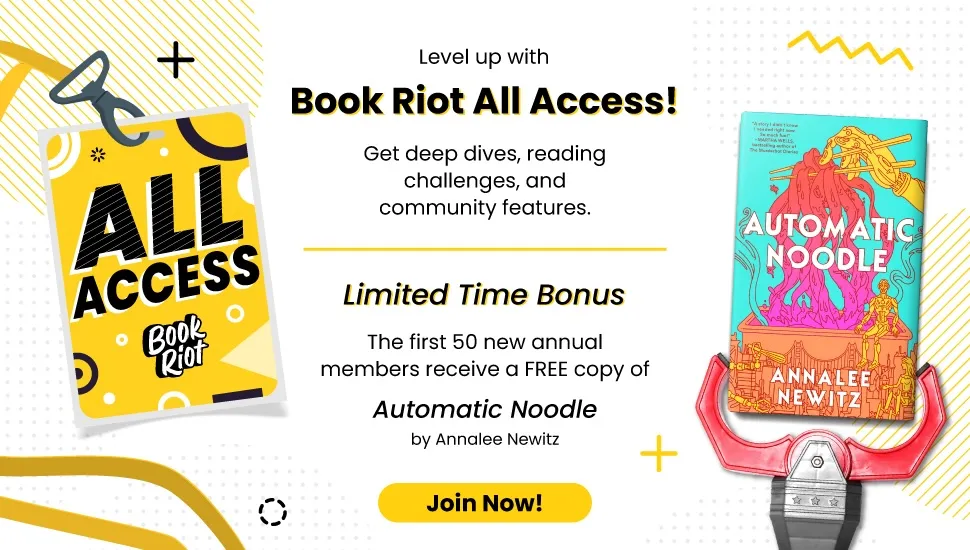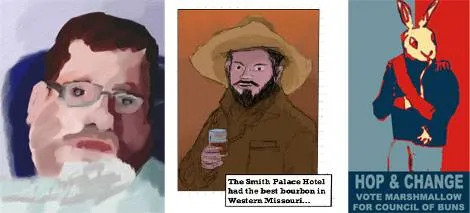
My Friend Nick: Pondering on a Cartoonist’s Life
I met Nick Dupree thanks to the Internet. Electronic connections can bring people together. We can meet people we never thought that we’d meet in real life: artists, writers, fans. If not for the Internet, I wouldn’t have built my writing career so successfully.
Nick died in February. His former partner Alejandra Ospina broke the news on Facebook. NPR has written a brilliant obituary. Yet it feels odd, shocking that someone could be gone in a flash.

 Nick also had a form of muscular dystrophy. Muscular dystrophy is a group of diseases that gradually causes muscles in the body to break down; Nick and his brother Jamie had a rare strain. This means that, long story short, eventually Nick would start using a wheelchair and a ventilator and need assisted care. He fought successfully against forced hospitalization upon turning eighteen, and remained an activist. He would also continue to draw art, while seeking feedback and technology. Nick only needed a mouse, and a program.
I learned all of this from Nick. After we met on webcomics.com, a creative and financial resource for cartoonists, I interviewed him for another website, the now defunct Chalkpack Magazine. He told me about his activism, his inspiration, and his comic plans. His websites and Wikipedia article provided other details of his life, compressed to black and white pages. He told me how he took the time to caption his comics so that visually impaired people could follow along with audio software. After Hurricane Sandy, I sent him a copy of Corel Paint since he mentioned wanting it.
Nick also had a form of muscular dystrophy. Muscular dystrophy is a group of diseases that gradually causes muscles in the body to break down; Nick and his brother Jamie had a rare strain. This means that, long story short, eventually Nick would start using a wheelchair and a ventilator and need assisted care. He fought successfully against forced hospitalization upon turning eighteen, and remained an activist. He would also continue to draw art, while seeking feedback and technology. Nick only needed a mouse, and a program.
I learned all of this from Nick. After we met on webcomics.com, a creative and financial resource for cartoonists, I interviewed him for another website, the now defunct Chalkpack Magazine. He told me about his activism, his inspiration, and his comic plans. His websites and Wikipedia article provided other details of his life, compressed to black and white pages. He told me how he took the time to caption his comics so that visually impaired people could follow along with audio software. After Hurricane Sandy, I sent him a copy of Corel Paint since he mentioned wanting it.


Nick the artist
Nick was a cartoonist; he posted on his website Superdude. Using Corel Paint for his long-form stories, he could recreate Bible stories in digital form, or narrate the perils for humans in space. Humans would rail against genetically-engineered bunnies. Theodore Roosevelt would fight zombies. Nick also had a form of muscular dystrophy. Muscular dystrophy is a group of diseases that gradually causes muscles in the body to break down; Nick and his brother Jamie had a rare strain. This means that, long story short, eventually Nick would start using a wheelchair and a ventilator and need assisted care. He fought successfully against forced hospitalization upon turning eighteen, and remained an activist. He would also continue to draw art, while seeking feedback and technology. Nick only needed a mouse, and a program.
I learned all of this from Nick. After we met on webcomics.com, a creative and financial resource for cartoonists, I interviewed him for another website, the now defunct Chalkpack Magazine. He told me about his activism, his inspiration, and his comic plans. His websites and Wikipedia article provided other details of his life, compressed to black and white pages. He told me how he took the time to caption his comics so that visually impaired people could follow along with audio software. After Hurricane Sandy, I sent him a copy of Corel Paint since he mentioned wanting it.
Nick also had a form of muscular dystrophy. Muscular dystrophy is a group of diseases that gradually causes muscles in the body to break down; Nick and his brother Jamie had a rare strain. This means that, long story short, eventually Nick would start using a wheelchair and a ventilator and need assisted care. He fought successfully against forced hospitalization upon turning eighteen, and remained an activist. He would also continue to draw art, while seeking feedback and technology. Nick only needed a mouse, and a program.
I learned all of this from Nick. After we met on webcomics.com, a creative and financial resource for cartoonists, I interviewed him for another website, the now defunct Chalkpack Magazine. He told me about his activism, his inspiration, and his comic plans. His websites and Wikipedia article provided other details of his life, compressed to black and white pages. He told me how he took the time to caption his comics so that visually impaired people could follow along with audio software. After Hurricane Sandy, I sent him a copy of Corel Paint since he mentioned wanting it.

Nick captioned this, Random painting. part of Bunnies in Space plotline, “Capt. Snowball in Buntopia “
